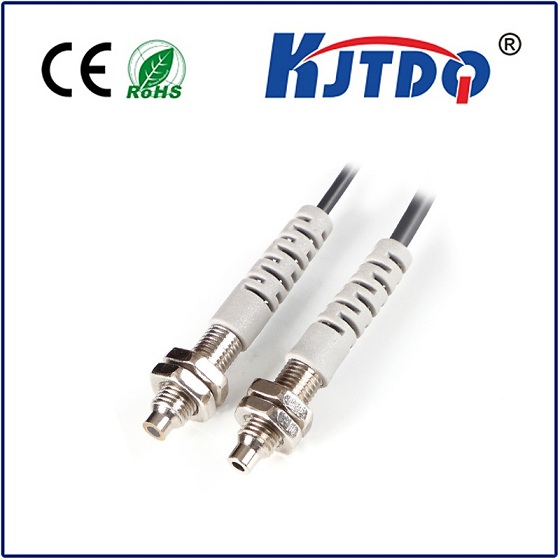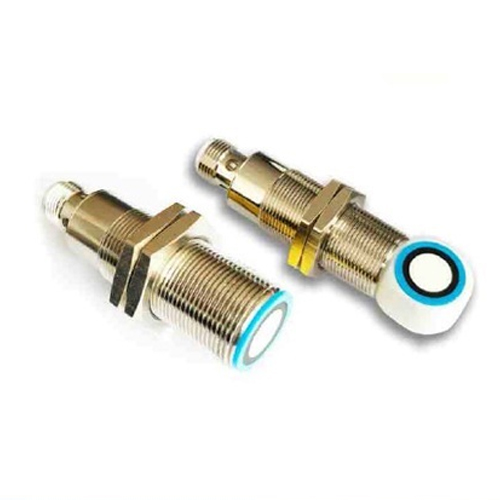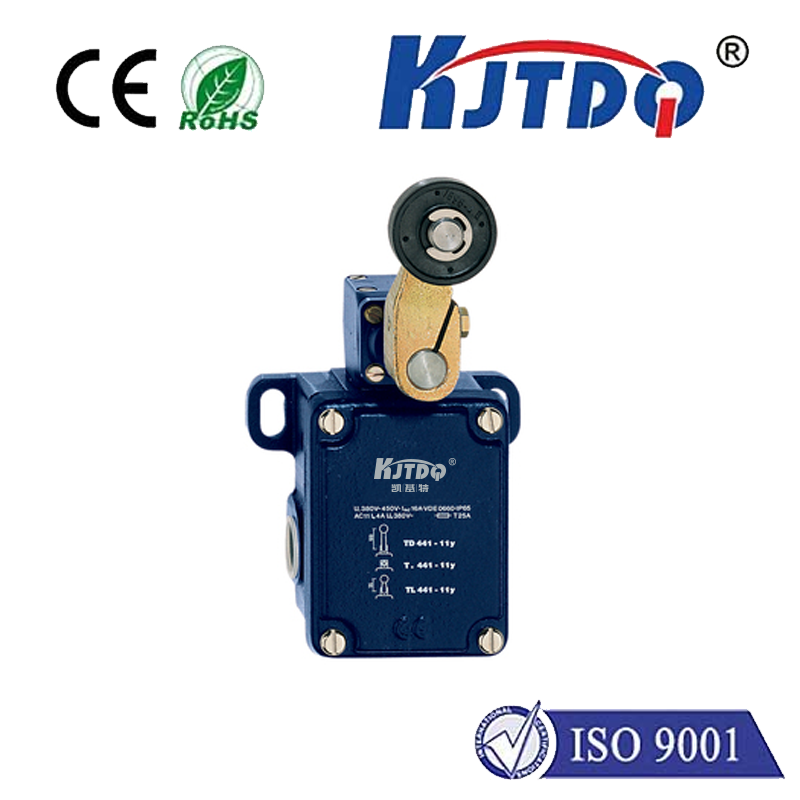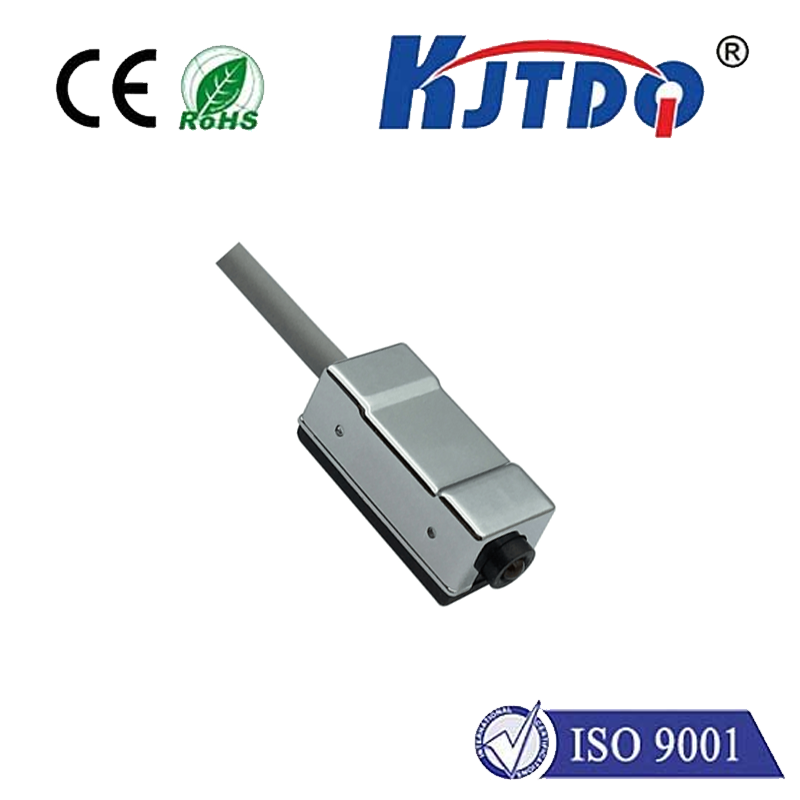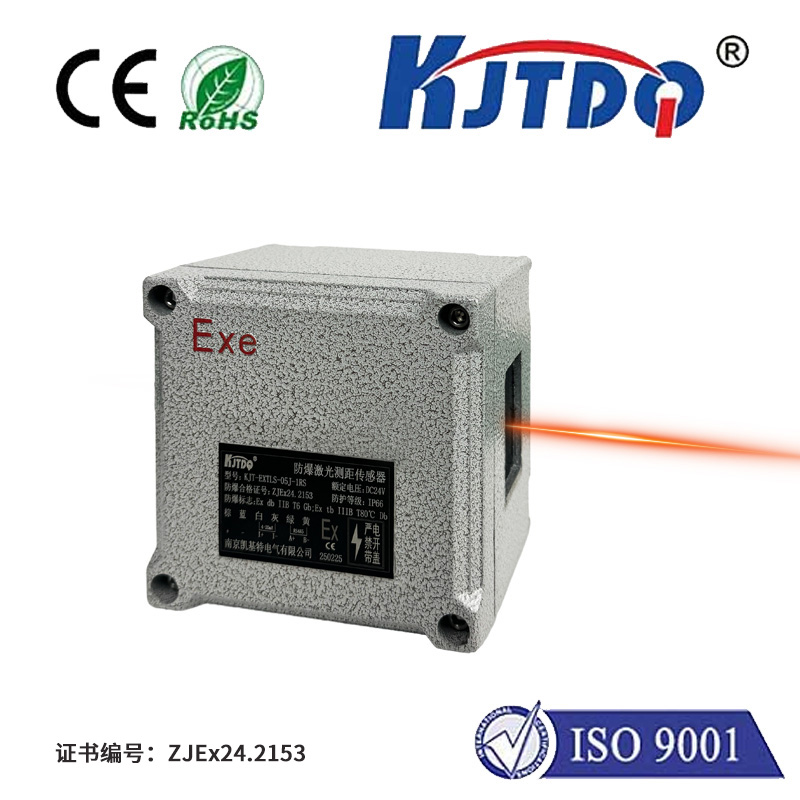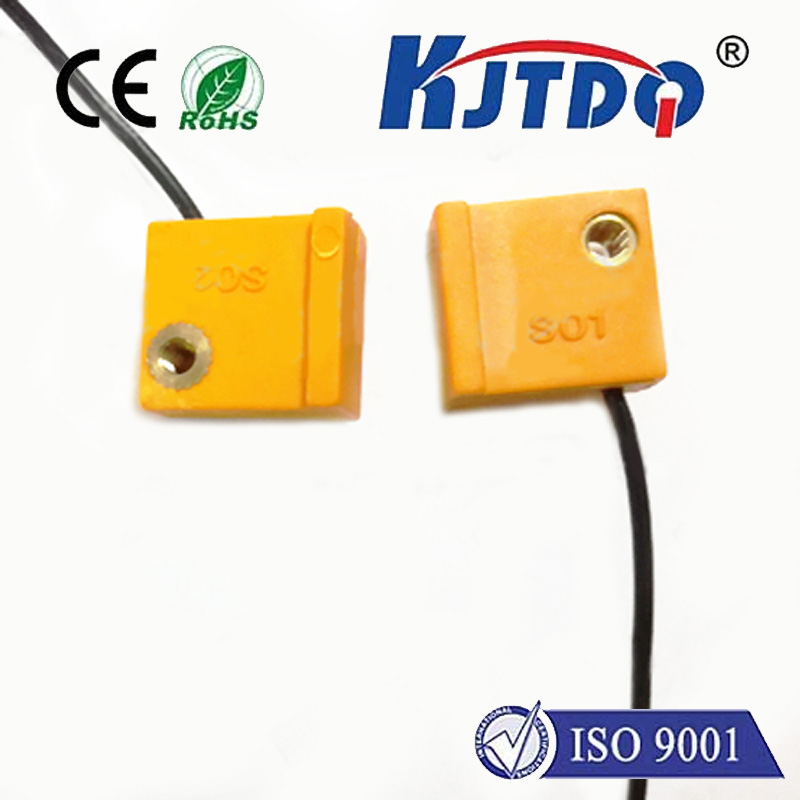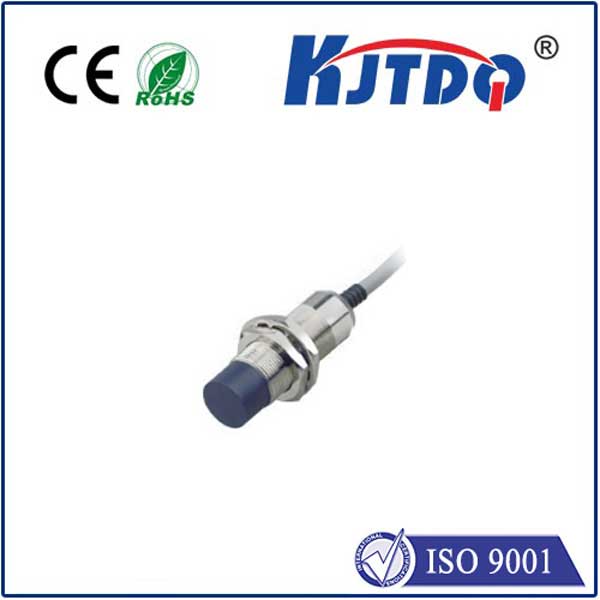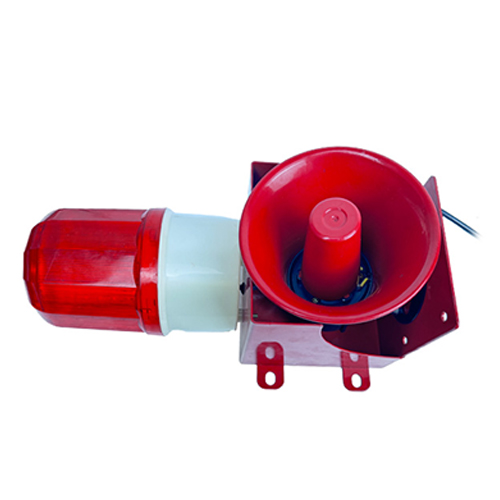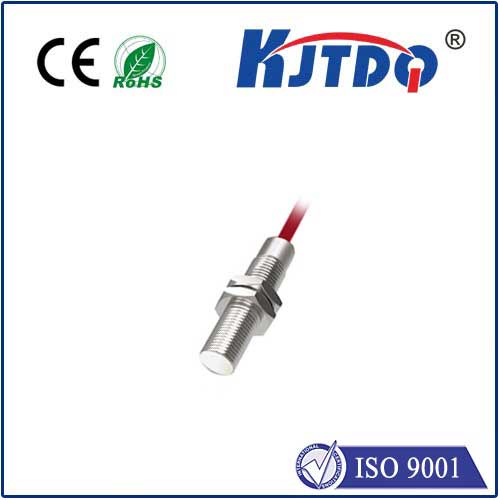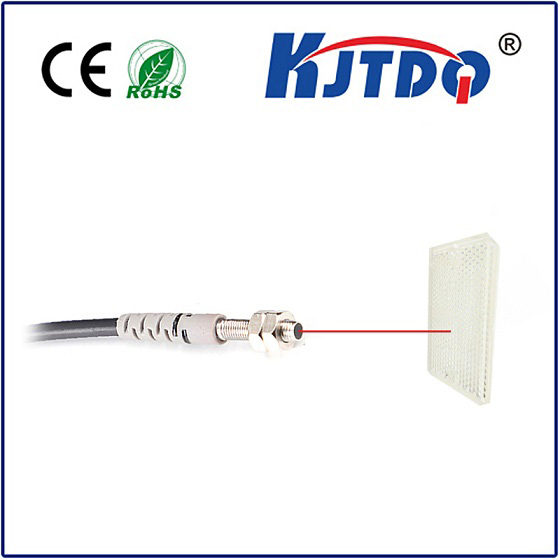Переключатель уровня жидкости
- time:2025-08-02 04:07:15
- Нажмите:0
The Liquiphant Level Switch: Precision Point Level Detection for Demanding Industrial Applications
In the intricate heart of modern industrial processes – sprawling chemical plants, bustling refineries, critical power stations, or bustling food and beverage facilities – one question resonates constantly: What is the level in that tank? Answering this reliably, particularly for specific high or low points, is critical for safety, process efficiency, and preventing costly damage from dry runs or overfills. Enter the Liquiphant Level Switch, a robust and highly reliable technology synonymous with vibration-based point level detection. This article delves into the operation, strengths, and diverse applications of this workhorse sensor.
Understanding the Core Principle: Vibrating Fork Technology
At its essence, the Liquiphant probe operates on the principle of a vibrating tuning fork. Imagine two metal prongs vibrating at their precise natural resonant frequency. What happens when these prongs encounter a medium? The key difference lies in the medium’s damping effect:
- Vibrating in Air/Gas: When the fork tines are surrounded by air or gas (indicating a low level), the damping effect is minimal. The fork vibrates freely at its designed resonant frequency with maximum amplitude.
- Immersed in Liquid: When the fork tines become submerged in a liquid, the surrounding fluid significantly dampens the vibration. This damping causes a measurable shift – a distinct decrease in the vibration amplitude (and often a slight change in frequency).
The Liquiphant’s sophisticated internal electronics continuously monitor these vibration characteristics. It detects the pronounced shift in amplitude (and sometimes frequency) that occurs precisely when the fork tines transition from air/gas to liquid (or vice-versa). This detection triggers an immediate, unambiguous electrical switching signal – typically a relay contact change (NO/NC) or solid-state switching output – alerting the control system to the critical level point being reached.

Why Liquiphant Stands Out: Key Advantages
- Robustness and Reliability: Engineered for industrial environments, Liquiphant switches boast a solid-state design with no moving mechanical parts prone to wear or jamming. This translates directly to exceptional long-term reliability and minimal maintenance requirements. Their inherent toughness makes them resistant to shock, vibration, and pressure surges.
- Independence from Process Conditions: Unlike float switches or displacers, Liquiphant performance is largely unaffected by changes in density, conductivity, pressure, or temperature. This universality allows a single device type to handle a vast range of liquids – from water and oils to aggressive chemicals, viscous pastes, and liquid foodstuffs (subject to material compatibility).
- Immunity to Build-Up: For applications involving sticky or coating substances (syrups, slurries, polymers), Liquiphants offer a distinct advantage. Their continuous, vigorous vibration acts as self-cleaning, preventing material from adhering persistently to the fork tines and causing false switching. This ensures consistent performance even in challenging media.
- Simple Installation and Operation: Liquiphant level switches offer plug-and-play reliability. Setting the switching point is inherent to the fork length – it triggers when submerged (or uncovered). They require no complex calibration for different liquids beyond simple wet/dry tuning during commissioning, significantly simplifying setup and reducing commissioning time.
- No PID Dependency: Unlike capacitive or conductive level switches that often require adjustments based on the Process Industry’s Dielectric constant (PID) or conductivity, the Liquiphant’s operating principle eliminates the need for PID-related adjustments. Its response depends purely on the physical damping effect of the liquid, simplifying configuration.
- Многогранность: Available in various materials of construction (stainless steel grades like 316L, Hastelloy C®, tantalum), process connections, and electrical ratings, Liquiphant switches can be tailored for corrosive environments, high pressures/temperatures, hygienic (EHEDG/3A) requirements, and hazardous areas (ATEX, IECEx, FM approval).
Where Liquiphant Level Switches Excel: Application Scenarios
The combination of reliability, ruggedness, and process independence makes the Liquiphant ideal for numerous critical level control tasks:
- Pump Protection: Preventing dry running is paramount. A Liquiphant installed near the tank bottom triggers an alarm or pump shutdown when the level falls too low, safeguarding expensive pumping equipment. This is one of its most widespread and critical applications.
- Overfill Prevention: Mounted near the top of a vessel, a Liquiphant serves as a high-level alarm, signaling when the tank is full to prevent dangerous and costly overflows.
- Leak Detection: Installed in secondary containment areas or bunds, a Liquiphant can reliably detect the presence of leaked fluids, triggering alarms for immediate response.
- Control of Aggressive Media: In chemical processing with acids, caustics, or solvents, Liquiphants constructed from corrosion-resistant alloys (like Hastelloy C®) provide reliable and safe level detection where many other technologies fail.
- Detection of Viscous Liquids & Slurries: Self-cleaning vibration effectively handles sticky substances like molasses, adhesives, paints, and abrasive slurries that would foul other sensor types.
- Bulk Solids Interface Detection: While primarily designed for liquids, specific Liquiphant models can reliably detect the interface between a liquid and a settled layer of bulk solids above it (e.g., water over settled solids in a tank).
- Food & Beverage and Pharmaceutical: Sanitary designs with polished surfaces and CIP/SIP compatibility make Liquiphant switches suitable for hygienic processes requiring detection of milk, juices, syrups, or pharmaceutical intermediates.
Considerations for Optimal Use
While incredibly versatile, ensuring peak Liquiphant level switch performance requires attention to:
- Mounting Position: Correct orientation and insertion depth are crucial. The fork must be fully immersed to trigger reliably. Mounting brackets or flanges need to be robust.
- Material Compatibility: Selecting a wetted material (fork and process seal) compatible with the process fluid is non-negotiable to prevent corrosion or contamination. Consult chemical compatibility charts.
- Fork Length: The length determines the point at which switching occurs and must suit the application (e.g., avoiding tank internals).
- Vibration & Agitation: While generally resistant, excessive external vibration from heavy machinery or extreme internal agitation can potentially interfere. Mounting location should be considered.
- Foam & Splashing: Heavy or persistent foam layers above the true liquid level, or severe splashing onto the fork in air, could potentially cause false signals. Evaluation of the specific process dynamics is necessary.
Conclusion: The Indispensable Point Level Sentinel
The Liquiphant Level Switch has earned its reputation as an industrial cornerstone for a compelling reason. By harnessing the simple yet powerful principle of vibration damping, it delivers unmatched reliability and operational simplicity in point level detection. Its resistance to harsh conditions, independence from fluid properties, and minimal maintenance needs make it a cost-effective and dependable solution for safeguarding processes and equipment across countless industries. From protecting pumps against catastrophic dry runs to preventing hazardous overfills in volatile chemical reactors, the Liquiphant stands as a silent, vigilant sentinel, ensuring smooth, safe,

